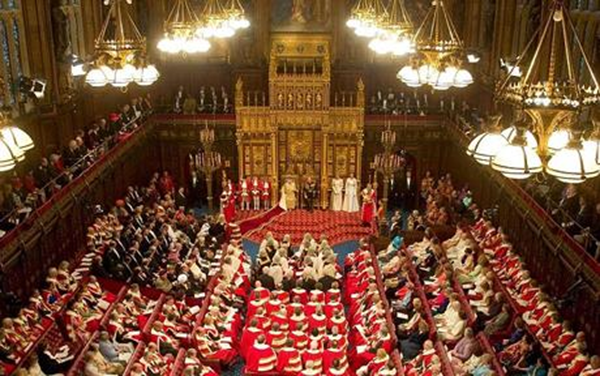For nobles of medieval Europe, a title would be rewarded to a person who performed some service to the monarch and would usually be passed down to each new generation.
The European nobility, the highest ranking citizens of a country besides the royal family, consisted of anyone who had been summoned to Parliament. Usually they were the owners of a vasselage, land given to them for their allegiance and services to the ruling monarch. Although titles were given different names in different countries, the system of ranking the nobility is pretty much the same throughout Europe. The hierarchy is as follows:
The Role of a Duke
The highest ranking member of the nobility, a duke’s lands are called a duchy. In the feudal monarchies of the time they were usually the closest and highest ranking peers of the king. The corresponding female title of duchess could pertain not only to the wife of a duke but also to a woman who holds the right to rule a duchy.
The Title of Marquess
Originally a marquess would be the ruler of a frontier area called a mark or march. The wife of a marquess is a marchioness.
A Margrave’s Role
Similar to a marquess, a margrave is responsible for a border territory also called a mark or a march. However a margrave was bound to protect his lands and therefore had a larger military force than his peers. Traditionally margraves held more power than other lords because the outlying areas of a king’s realm were usually larger and more important to the king. A margrave’s wife is called a margravine.
The Title of Count/Earl
Often an honorary title given by a monarch for services rendered, it could also be given as a title with no feudal estate. Those counts who were granted land, were usually given a small area called a county or countship, although some counties rivaled some duchies for size. Count wasn’t a hereditary title however those counts with extensive estates were occasionally able to pass down their lands to their sons. An earl is a British count and the wife of both a count and an earl is a countess.
The Title of Viscount
Originally a viscount was the deputy of a count or a vice-count, however it later was considered a courtesy title reserved for the heir of a marquess or count. Early viscounts were the equivalent of sherrifs and were therefore appointed by the monarch, however, the title eventually became hereditary. Each viscount was responsible for an area that was either known as a viscounty, a viscountship or a viscountcy which was essentially their jurisdiction. The female form of viscount is viscountess.
The Role of a Baron
A baron was often a vassal who held a barony that was granted to him directly from the monarch, usually for their loyalty to the king. Originally anyone who was given land from the king for military service, from counts or earls all the way down were considered barons. A barony was created either by letters patent or by a writ of summons that invited someone to Parliament. The female equivalent is a baroness.
A Baronet’s Role
A title usually given to a commoner, a baronetcy is unique in that it is a hereditary honor but unlike other titles within the nobility a baronet is not entitled to a seat in Parliament. It is also not considered an order of knighthood but ranks above all knightly orders except the Order of the Garter and the Order of the Thistle. The title of baronet was created by James I of England as a means of raising funds. The female title of baronetess is a rare one as there have only ever been four.
Today’s Noble European Titles
Noble titles still exist in many European countries today although they have become mostly honorary titles. In modern times these titles can also be easily bought from several grand duchies throughout Europe. However, in England, up until recently, a noble title guaranteed the holder a seat in the Upper House of the Parliament, and as such, nobles still hold some residual privledges.








